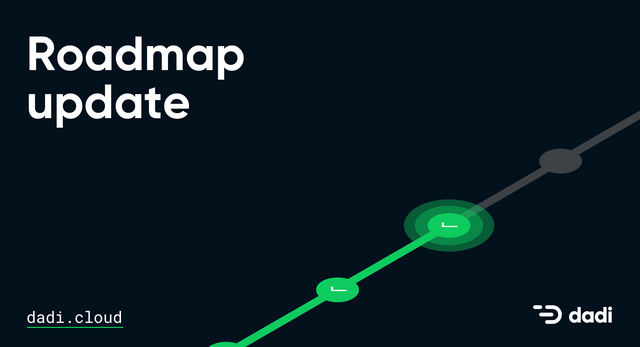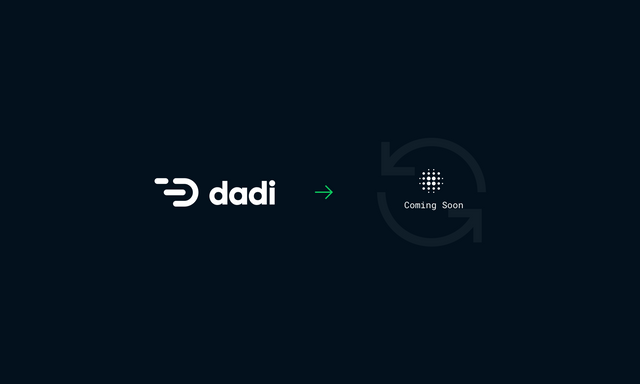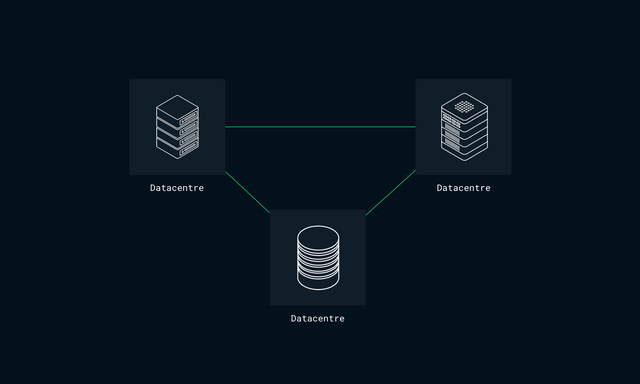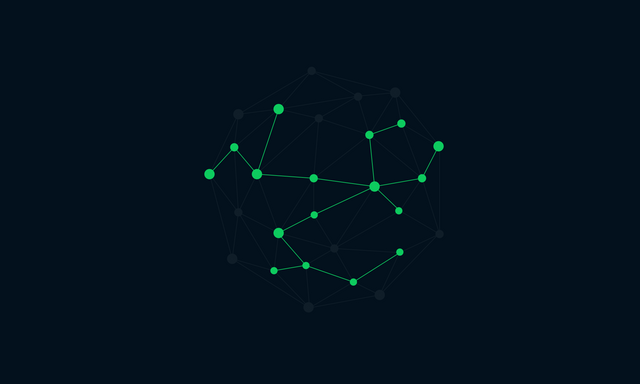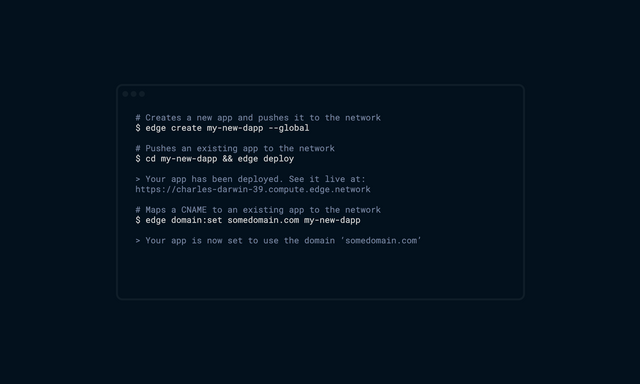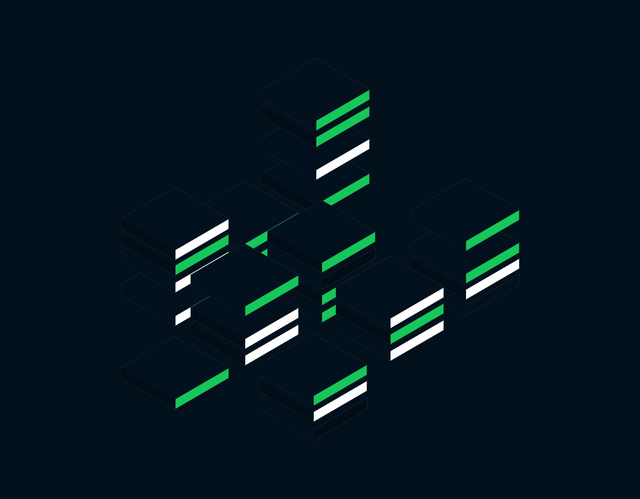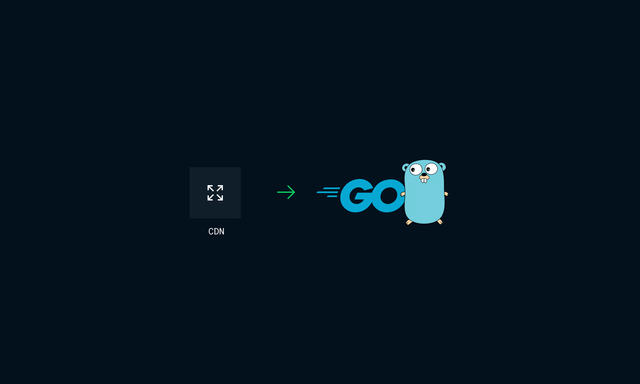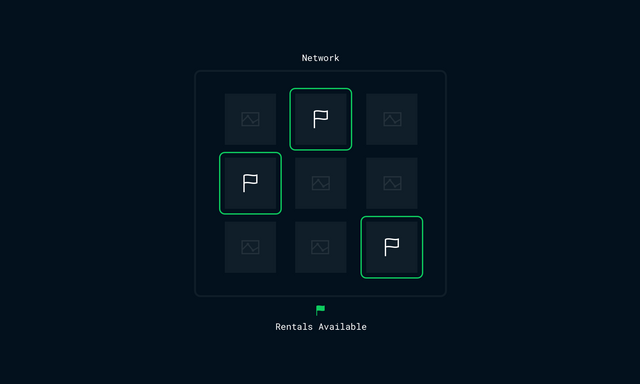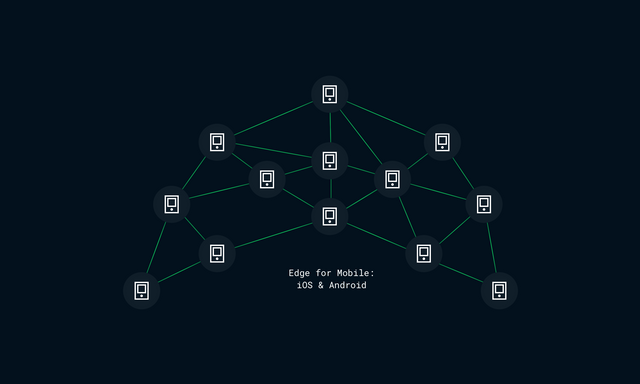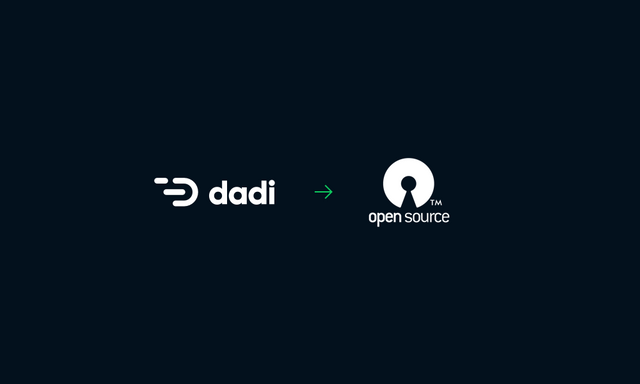Roadmap updates
We will be releasing a full roadmap update along with the launch of our new site in the coming weeks. In the meantime, here are some of the biggest updates that the next 12-18 months have in store for the Edge network.
1. Brand update
Start: already started / Release target: mid July
We are refreshing and repositioning our brand to focus on core network services. As supporters already know, we’ve shifted focus from web services to focus on the network itself in much more depth, opening it up for others to build on and work with. Updating the brand itself is a key step in this evolution.
The brand update includes the release of a new version of our site.
2. Multi DC, Vault, ACL and DNS
Start: already started / Release target: 11th July
Our next major update to mainnet is due very soon, and the team has been preparing for it for weeks. The update brings fundamental changes to the structure of the network, introducing the concept of regionality, per device session management and ACL, and rolling out Edge DNS as the second fully live service in the network. The changes here are on the critical path for both scaling out network services and for self-onboarding.
3. DNS updates
Start: already started / Release target: 11th July
The DNS layer in the Edge network now has full support for all major record types, as well as enhanced functionality such as geo-routing and weighting. This update provides us with a beta build of the customer interface set for us internally, which enables us to migrate the domains that we are currently managing with Route53 (AWS) directly to the network. There are well over 100 in all, so this is a fairly major milestone for the network.
4. Network CLI
Start: July 15th / Release target: August 31st 2019
The network CLI is a command line interface for interacting directly with network services. It communicates with Stargates to enable the deployment and management of service in the network, including device configuration for self onboarding. It is built on the building blocks of the existing CLI (https://github.com/dadi/cli)
5. Self onboarding: Hosts
Start: July 15th / Release target: August 31st 2019
Self onboarding is the point at which we are able to open up the network to contributions beyond our partners and Founding Nodes. It is the point at which we can begin to truly scale network capacity. As project supporters will know, the security challenges related to the support of an ad-hoc set of untrusted devices is highly significant. The solution in the Edge network relies on a consensus mechanism that operates at DNS level and across all nodes in the network. This is perhaps the most complex component of the network, and is of fundamental importance.
In the first instance self-onboarding will be gated and limited to Linux devices. This will be broadened out as we gather performance data and scale usage in to the new devices set.
6. Earning automation
Start: July 15th / Release target: August 20th
Earning automation is the point at which payouts move to a fully automated footing in the network. For this update payouts will remain monthly, automated against earnings and displayed within contributor dashboards. Over time the frequency of payouts will increase, with the ultimate goal of getting them to as near to real time as possible.
7. Edge storage completion
Start: Ongoing / Release target: October 1st 2019
Edge storage provides object storage and Edge caching within the network. This update marks the completion of testnet benchmarking in preparation for mainnet release. Storage shards files across multiple hosts, building in a high level of security in that no one host stores the complete image of a single file. Object storage is long term persistent storage, with multi-region distribution and file recovery baked in. Edge caching makes objects addressable via HTTPS, and stores them in memory on Gateways for a very short period of time, stepping down cache in memory on Hosts for a slightly longer time frame, ultimately falling back on Object Storage when the cache expires.
8. CDN conversion to Go
Start: ongoing / Release target: TBC
The conversion of CDN to GO is all about enhancing performance and reducing the footprint of CDN within Host devices. The current build of CDN in node is some 600MB+ – a large footprint for a network app by any measure. The conversion to GO is targeting a footprint of sub 10MB.
9. Backbone rentals
Release target: September
Rentals of backbone infrastructure are designed to enable individuals to take responsibility for Stargates and Gateways ahead of self onboarding for those node types, and to make the running of a Host as simple as possible. Rentals will be offered to our biggest supporters in the first instance, and will ultimately be opened up for everyone.
10. Edge for mobile: iOS
Start: ongoing / Release target: TBC
The mobile build of Host is in heavy R&D. The concept is to enable an SDK for app developers that embeds Host within existing apps, offsetting their infrastructure costs by contributing to the network. We are also working on the build of a dedicated - and earning - app for the network.
11. Full Open source
Release target: September/October
We are in the midst of producing a series of patent applications for the core network. This is designed to protect the core IP of the network for the benefit of the whole community, providing a barrier to entry to other organisations in the space, and in so doing promoting the Edge network as the protocol for edge computing. This is a drawn out process that has been ongoing for a long time. However we are nearing the end and expect to have filled in the coming few months. As soon as this is the case we will be able to fully open source the code base for the network.
12. Web services migration
Release target: July/August
We are in the midst of breaking the web services out of the network to enable a focused go to market strategy core network services. But don't worry, we're not throwing the web services away! Instead they are going to be launched under their own brand as a SaaS proposition specifically targeted at the easy production of content-led digital products.
This approach also means that we don’t loose the momentum and investment made in the web services to date, and will present a stand alone entry point to use of the network (use of the web services under their new brand will deliver revenue directly back to the network).
